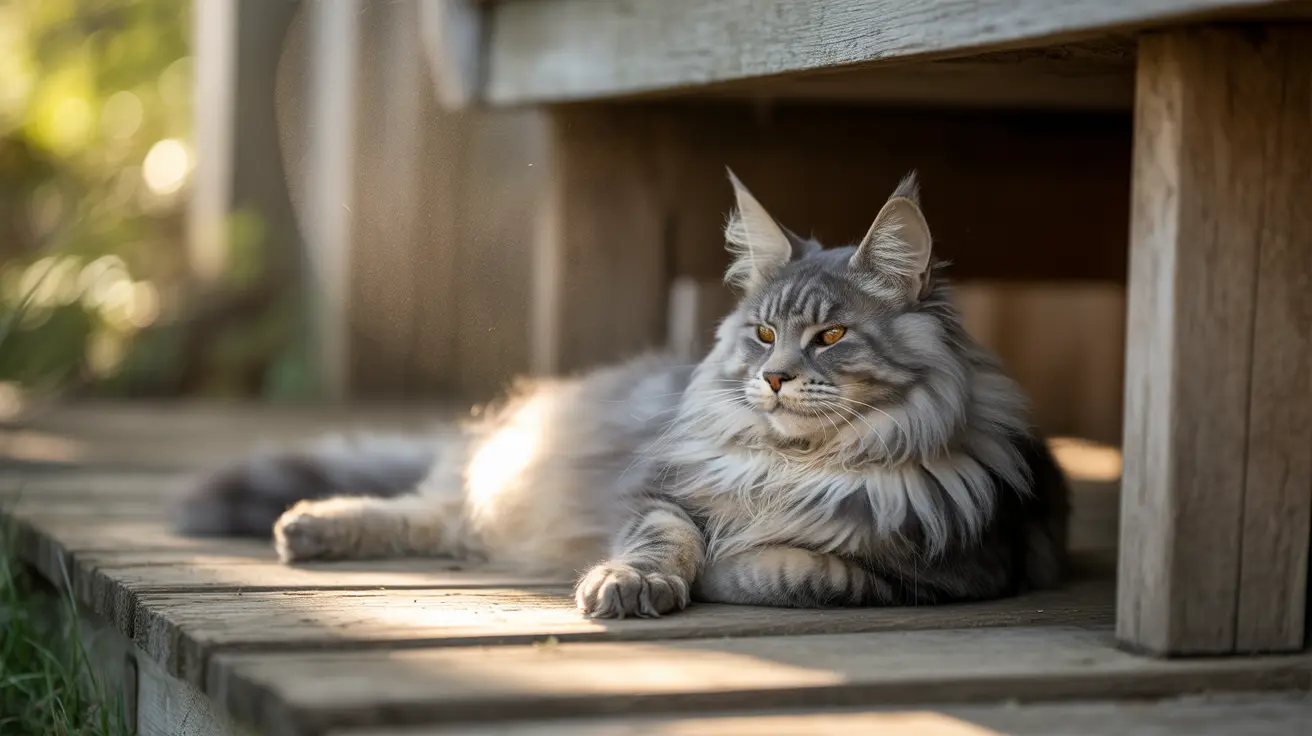Understanding where stray cats sleep is crucial for anyone interested in helping these resilient creatures or simply curious about their survival strategies. These independent felines have developed remarkable adaptability in finding safe, warm places to rest, whether in urban environments or rural settings.
From hidden corners in residential areas to makeshift shelters in abandoned buildings, stray cats demonstrate impressive resourcefulness in selecting their sleeping spots. Their choices are primarily driven by safety, warmth, and proximity to food sources.
Common Sleeping Spots for Stray Cats
Stray cats typically choose sleeping locations that offer both protection and strategic advantages. Their preferred spots include:
Urban Hideaways
In city environments, stray cats often seek shelter in:
- Abandoned buildings and warehouses
- Under porches and decks
- Inside garages and storage sheds
- Behind or under dumpsters
- In quiet alleyways with minimal foot traffic
Natural Shelters
When available, these cats utilize natural coverage such as:
- Dense bushes and shrubs
- Hollow trees or fallen logs
- Tall grass and overgrown vegetation
- Natural rock formations or caves
- Protected areas under large plants
Weather's Impact on Sleeping Locations
Seasonal changes significantly influence where stray cats choose to sleep. During cold weather, they prioritize warm, insulated spaces that protect them from wind and precipitation. In summer months, they seek cooler, shaded areas that still provide safety from predators.
Winter Adaptations
During colder months, stray cats often:
- Seek spaces with natural insulation
- Create nests using available materials
- Choose smaller spaces to preserve body heat
- Huddle together in colonies when possible
Daytime vs. Nighttime Resting Spots
Stray cats are typically most active during dawn and dusk, adjusting their sleeping patterns accordingly. During daylight hours, they prefer hidden locations away from human activity and potential threats. At night, they may select elevated positions that offer better surveillance of their surroundings.
Creating Safe Spaces for Stray Cats
If you're interested in helping stray cats in your area, consider these shelter options:
- Install weatherproof cat shelters
- Provide access to covered areas like barns or sheds
- Create protected feeding stations
- Maintain quiet zones away from high-traffic areas
Frequently Asked Questions
Where do stray cats typically sleep to stay safe and warm?
Stray cats typically sleep in sheltered locations such as abandoned buildings, under porches, in garages, or dense vegetation. They seek spots that offer protection from weather and predators while maintaining easy escape routes.
How do weather conditions affect the sleeping spots of stray and feral cats?
Weather significantly influences where stray cats sleep. During cold or wet weather, they seek dry, insulated spaces like barns or crawl spaces. In hot weather, they prefer cool, shaded areas with good airflow.
What are common daytime resting places for stray cats near human homes?
Near homes, stray cats often rest under porches, in garden sheds, beneath deck structures, or in dense shrubbery. They typically choose spots that offer both concealment and quick access to escape routes.
How can I provide safe and comfortable shelter for stray or feral cats outdoors?
You can provide safe shelter by setting up weatherproof cat houses, offering access to garage or shed spaces, and creating sheltered areas with straw bedding. Ensure shelters are elevated and have two exits for safety.
What's the difference between where stray cats versus feral cats choose to sleep?
Stray cats, being more socialized to humans, often sleep closer to human dwellings and may use man-made structures. Feral cats typically choose more isolated locations further from human activity and are more likely to sleep in natural shelters.
Conclusion
Understanding where stray cats sleep helps us better support these resilient animals while respecting their independence. Whether through providing shelter or simply being aware of their preferred resting spots, this knowledge enables more effective assistance to our feline neighbors in need.






